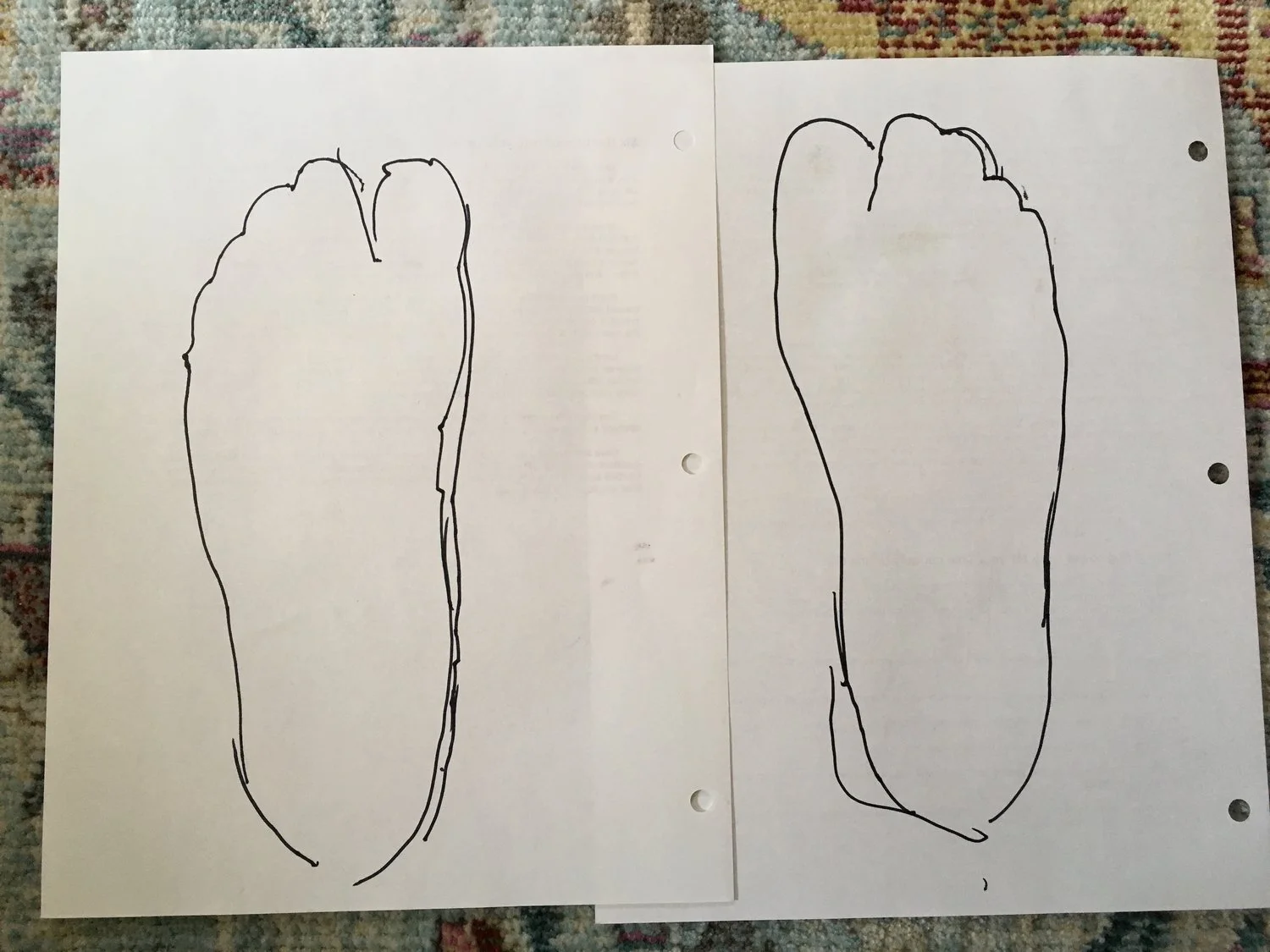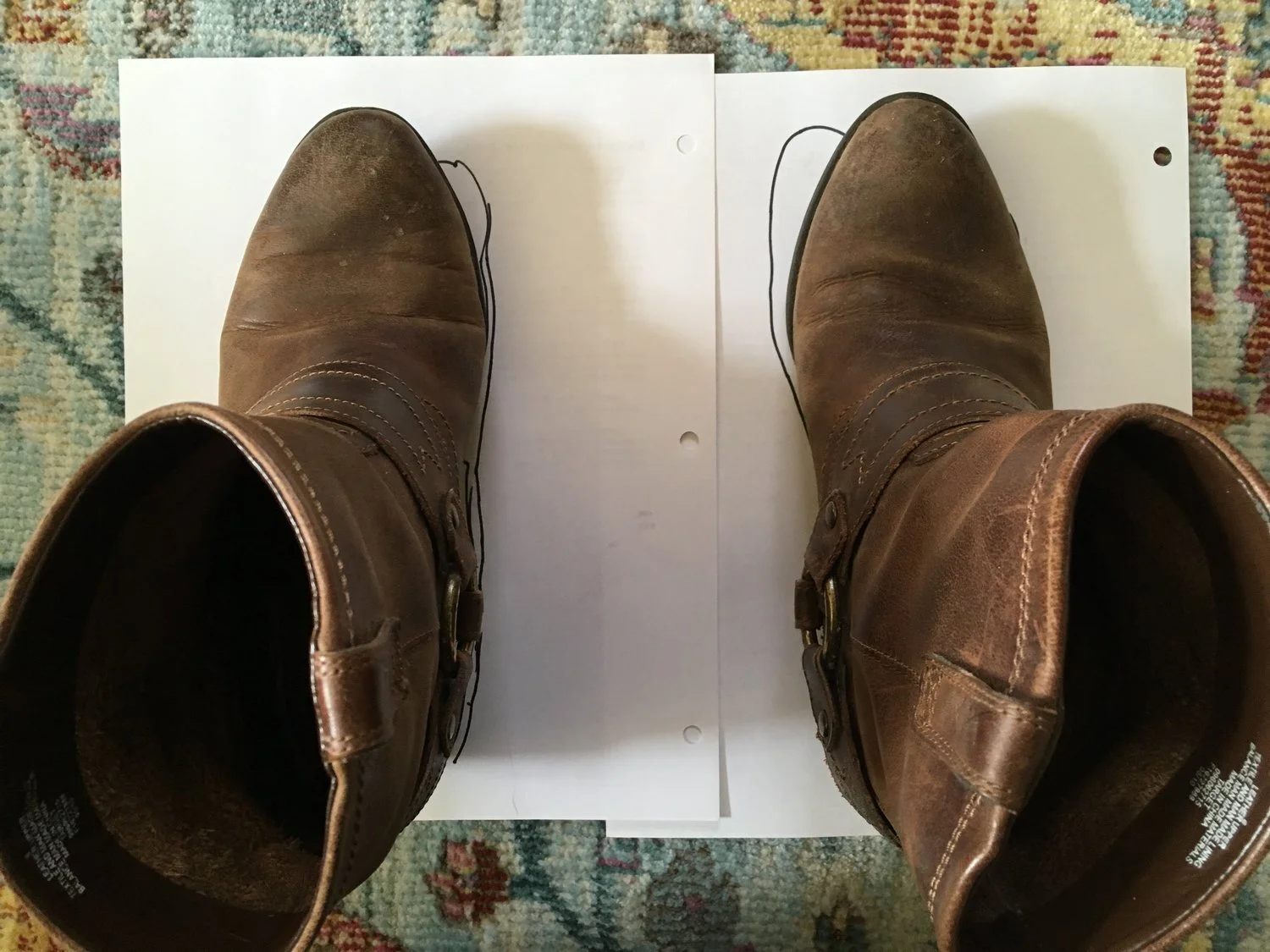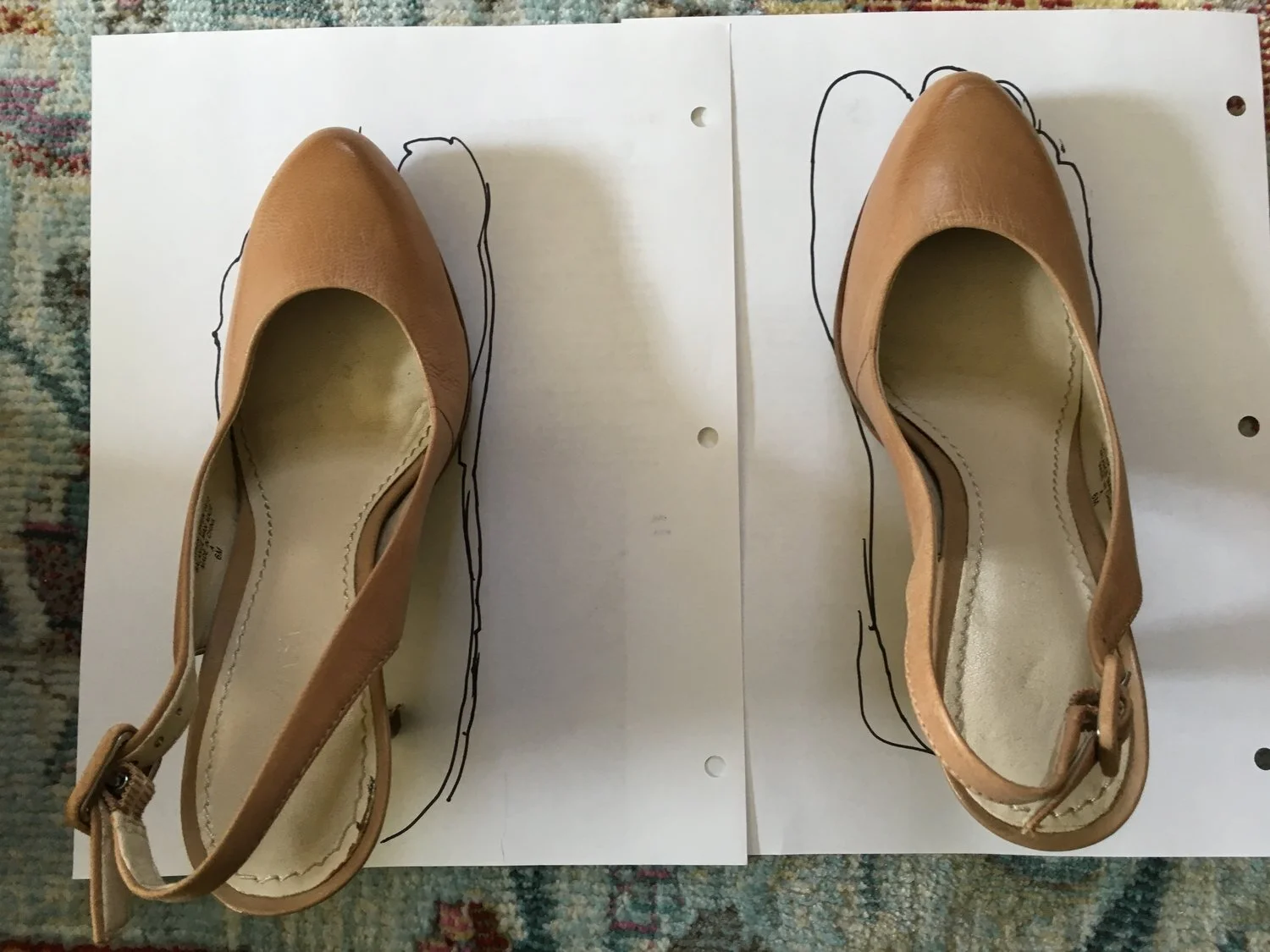Your feet are keeping secrets!
Spring is threatening to spring any minute here in Pennsylvania, and while I’ve at least been able to ditch the socks for indoor wear, I’m not quite ready to ditch the shoes for outdoors.
Speaking of shoes, have you ever really looked at the soles of yours?
Especially the ones you wear most frequently?
How about the soles of your feet?
I see a LOT of feet in my practice, and they tell me a lot about how and where a person carries themselves (on which part of their feet, I mean, not the on planet :), as well as what may be underlying their seemingly unrelated-to-the-feet issues.
Our feet are the relationship, the literal interface between the rest of our bodies and the ground.
The quality of that relationship is affected by where we carry our weight when standing, walking, running, elevating, by the surface upon which we are doing all these things, and by the footwear enclosing these complex structures.
Take your calluses (please! Ha ha… ahem…)
A callus (hardened skin) is a great example of how a very localized area of tissue cells responds and adapts to a repetitive force load over time, and can tell us a great deal about movement and shoe habits.
Some calluses are painful, depending on where and how they develop - often due to inappropriate footwear and misaligned body parts.
But, wider plane callusing on the bottoms of the feel, developed in response to frequent barefooting (especially on natural terrain), is not only desirable, but healthier
(See more about that in Nutritious Movement’s post, “Palm Reader”.)
To appreciate the complexity of the foot - with its 26 bones, 33 joints, and over a hundred muscles - is to understand how much of an impact restricted mobility in any of these joints can have, not just on the feet themselves, but the whole body.
An indicator like calluses (and even bunions, ‘hammertoes’, and ‘fallen’ arches) can give us information, not only about whether our shoes are appropriate, but also what may be going on in the quadriceps, knees, hips, even the shoulders and neck.
Try this:
Stand on a piece of paper with bare feet and trace the outline - one sheet for each foot. Make sure to bring the pen or pencil down perpendicularly to the paper so it’s more true to the shape of your foot.
Now, take each of your most oft-worn shoes, and place them over the tracing.
Can you see any of your outline? If so, this is a good visual of where your feet have to deform, or squish, to fit inside your shoe - usually for hours at a time.
Neatness doesn’t count. Don’t judge.
Once my most loved shoes, but, not so much anymore :(
My most-worn VIVOBAREFOOTs pass the test!
Where did my toes even go?? Huge FAIL, on several levels!
Sobering, yes? And this is just with standing still.
Add in walking, or ANY degree of elevation in the heel - both of which will change where the greatest loads of your body create pressure, 10,000 times a day - some of which you can also see in the way the soles of your shoes wear down.
So, now what?
There’s a lot you can do on your own to bring mobility, strength and flexibility back into your feet (which will also greatly benefit the rest of your body).
Come to my classes!
Read Katy Bowman’s book, “Simple Steps to Foot Pain Relief: The New Science of Healthy Feet (Get it here or here.)*
Or, if you’re ready to start transforming your environment to be more ‘nutritious’ for your feet, check out her book, “Whole Body Barefoot: Transitioning Well to Minimal Footwear.” (Get it here or here.)*
Try wearing ‘alignment socks’ - a passive but effective means of waking up the toe-spreading muscles that become constricted from long hours of shoe-wearing and toe-gripping.
(You can get them online here. Use the code GINAB12 for a 12% discount!)
Explore minimal footwear (though I do recommend pairing this transition with foot exercises as demonstrated in the books above - treat minimal shoes like you would taking on a new workout!)
I have three pairs of Vivobarefoots*, and am an affiliate of their awesome company, because I love their product and their mission of sustainability.
But, there are many more great choices of minimal shoe companies out there, emerging in response to the growing demand for liberated feet!
All this to say, don’t leave your feet out of participating in your movement endeavors.
They and the rest of your body will thank you!







